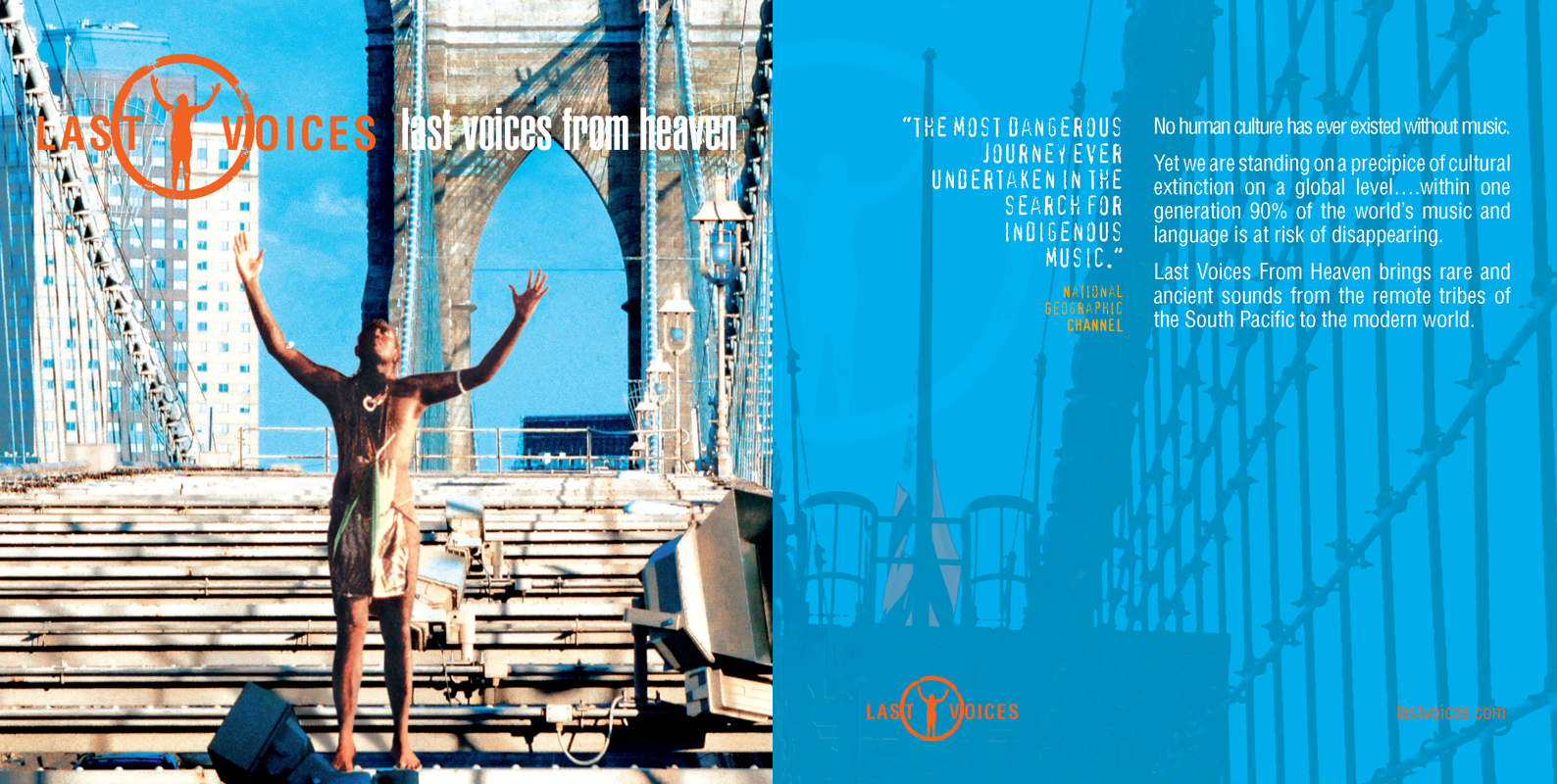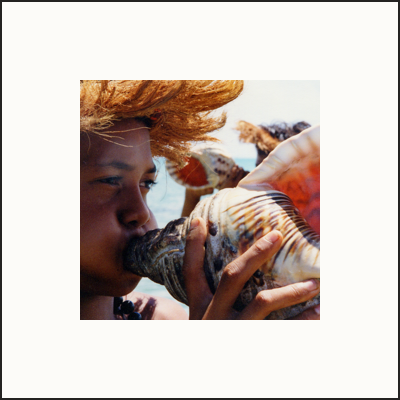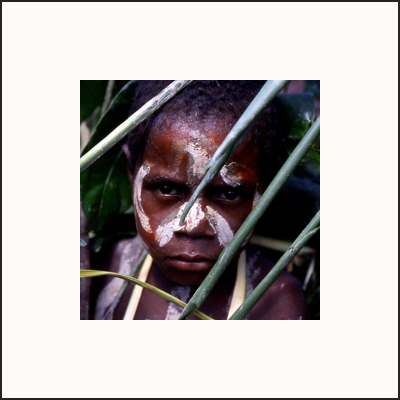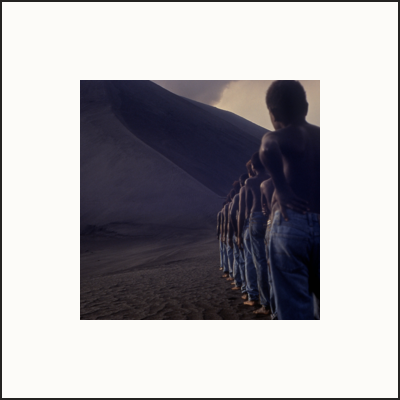Mana, Part I
Performers: Robyn Loau, Ngaroanao Poa, the people of the Pacific
A dialogue with the spirits describing how we, our ancestors, all animals and the spirit world are all part of a universal world. Mana is the foundation of Pacific culture. To represent its importance, the track features more than 200 singers from Pacific islands.
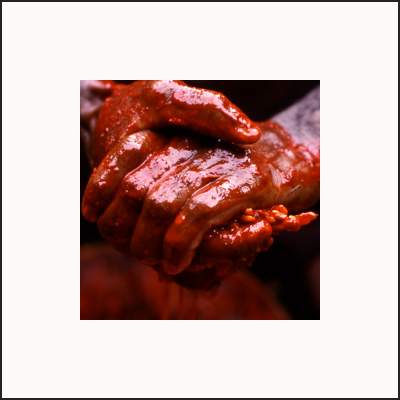
Spirit
Performers: Seini `SistaNative’ Taumoepeau, the villagers of Neuha, Ambrym Island
A sacred ritual, recorded in the dense jungle village of Neuha from behind a wall of dried palm leaves. The male villagers’ chant captures the moment of communication with the spirits. Woven in with this moment, Seini sings a traditional Tongan song of love, loss and trust in a higher guidance.
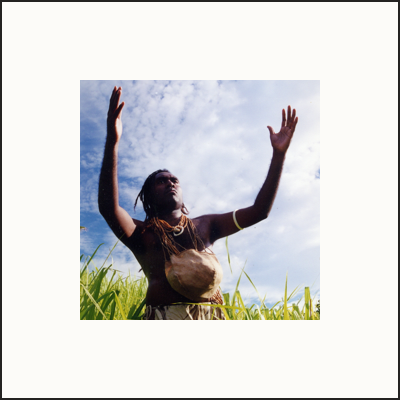
Mo’re
Performers: Pascal Oritaimae
`Respect for ancestors is paramount. If asked, the chosen one may have to sacrifice their life’. At the top of his tribe’s hill, their spiritual home, Pascal sings to his ancestors.
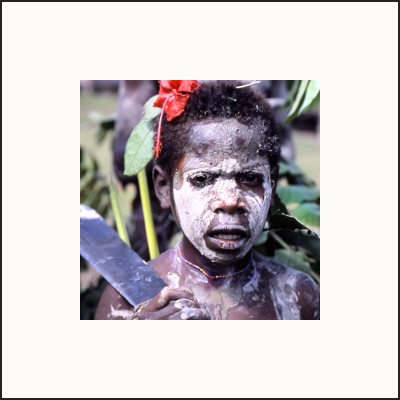
Wuroman
Performers: Pascal Oritaimae, Marie Via
A boy is initiated into the world of the elders through the most sacred of rituals, the sinking of the Wuroman (his soul ship). The sacrifice guarantees safety on water – vital protection for island people.
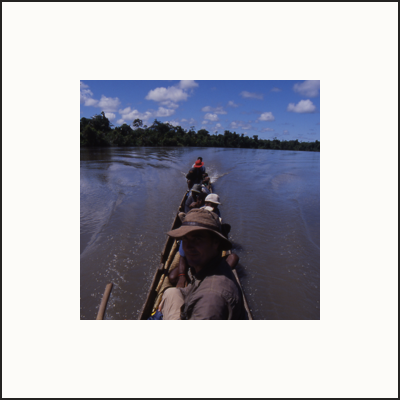
Mamberamo
Performers: Sandrine, Nious, West Papuan nomads
Inspired by a West Papuan canoe chant, this was recorded during a 3-week canoe trip on the Mamberamo River. Wasi, the spirit messenger, travels on the wind. He is dangerous, and can be called upon to harm others. The song tells of using the spirit of the eagle for protection.
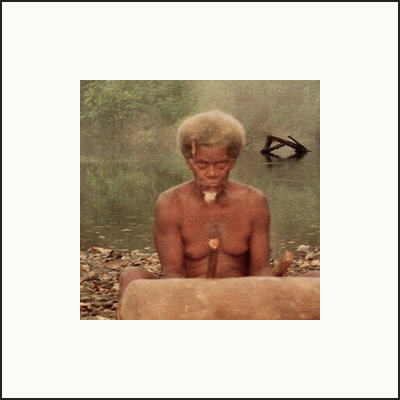
Lullaby of the Dead
Performers: Chief Tofor (the last sorcerer), Toata (the old `saltwater man’), Pascal Oritaimae
For Pacific people, birth must start with death. This is a lullaby to a child of the future, and the cycle is completed as the spirits are reincarnated in the body of the new born. It was recorded in a hut on a salt water island during Cyclone Zoe.
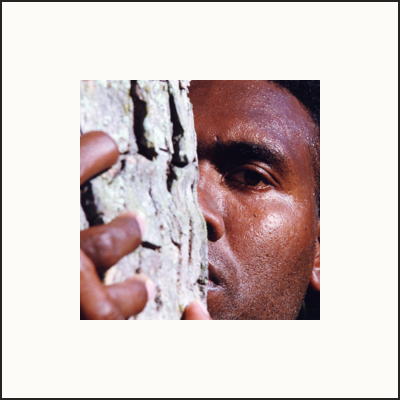
Lament
Performers: Pascal Oritaimae
Laments are a healing tool for the islanders. Through grief, we discover the harmony between the spirits and the living. The track begins with a West Papuan grieving ceremony and in verse 2, the Drums of the Dead are played by Mahaiana, one of the last remaining medicine men in West Papua.
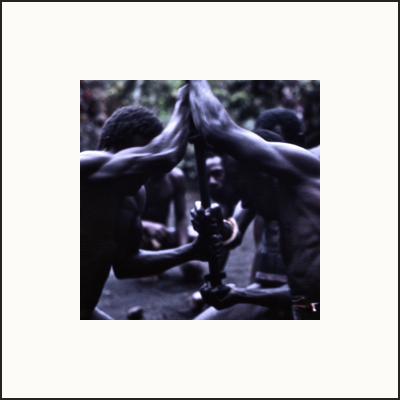
Taria Waraku
Performers: Wasiataro and Arisi, Robyn Loau, Seini `SistaNative’ Taumoepeau, Sandrine
`Learn the skills and the spirits will talk for you. But the skills that takes the longest to master is silence’. A song inspired by telepathy. Copping and Oritaimae discovered that in the deep jungle, there were times when words were not necessary.
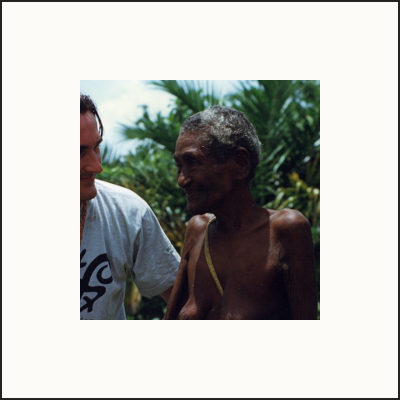
Possessed
Performers: Urunakua, the John Frum Movement, the villagers of Neuha
